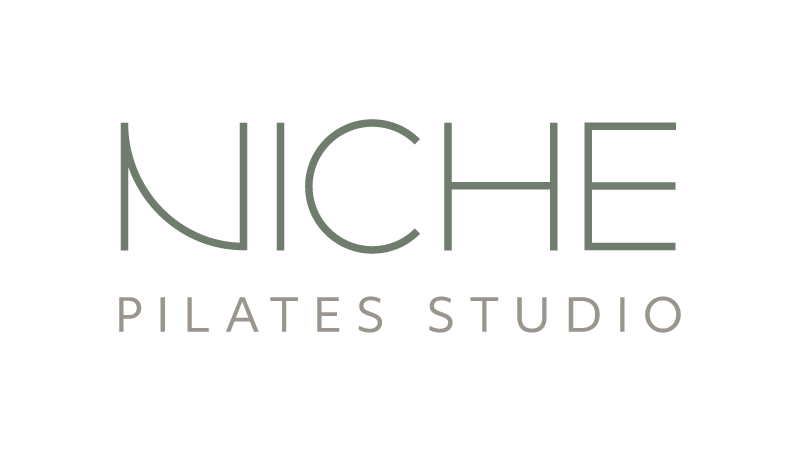Why We Practice Contemporary Pilates—And Honor Its Classical Roots
Pilates has evolved significantly since it was first developed by Joseph Pilates in the early 20th century. Today, two major styles have emerged in the Pilates world: Classical and Contemporary. While both share the same foundational principles—breath, control, precision—they differ in approach, methodology, and experience. At Niche, we largely practice contemporary Pilates, but this wouldn’t even be possible without the classical moves that start as the foundation for a more modern flow. So what sets them apart, and how do you know which one is right for your body and goals?
Classical Pilates
Classical Pilates is as close to the original method as possible. It follows the exact sequence, exercises, and structure developed by Joseph Pilates himself, often referred to as the "Pilates Method" or "Contrology." The original Pilates method is rooted in a set of 34 mat exercises done within a specific sequence.
What to Expect:
A structured, consistent sequence of exercises
Emphasis on form, flow, and traditional transitions
Strong focus on the core and spinal alignment
Minimal variation or modification to the original sequence flow
Contemporary Pilates
Contemporary Pilates builds upon the classical method, integrating modern knowledge from physical therapy, biomechanics, and movement science. It’s a more fluid, adaptive, and often more creative approach to Pilates.
What to Expect:
A more varied class structure, diverting from the classical order of exercises to move around the mat or equipment more thoughtfully
Integration of modern fitness concepts, physical therapy techniques, and functional movement - our instructors are always learning more about the best way to address common movement problems such as diastasis recti in the post-partum period
Use of a wider range of props (resistance bands, foam rollers, balls, etc.)
Greater adaptability for different bodies, injuries, and fitness levels
The Core Is the Same
Despite their differences, both styles share the same core mission: to create a strong, balanced, and connected body. Whether you’re moving through a precise classical series or a contemporary flow tailored to your needs, you're still practicing mindful, controlled movement that enhances strength, posture, and mental clarity.
Regardless of style, the following will always be true to Pilates:
Focus on proper alignment and form
Movement connected to breath
Same foundational moves with a little bit of flair
Moves that you might see in both a classical and a contemporary class:
The Pilates Hundred
In classical Pilates, the Hundred is usually done with the legs extended at about a 45-degree angle, arms reaching forward, and palms facing down. In contemporary Pilates, though, you might see a lot more variation—like different leg positions, scissor kicks, or alternating leg lifts. It can even be done on the reformer, with your hands in the straps for a modern twist.
Saw
Saw is a great move for increasing spinal mobility, stretching the back and hamstrings, and working on control and breath while engaging the core. The “work” of this move is inconspicuous, and in contemporary classes, it is often used as a stretch.
Sidekicks
Side Kick is a classical Pilates move that’s often included as part of a full sidelying series in contemporary classes. From there, your instructor might progress you to Kneeling Side Kick, which takes away the stability of lying on the mat and challenges your balance. This variation really lights up the side body and requires strong shoulder and core engagement to maintain the lifted position.
These classic movements—Hundred, Saw, and Side Kick—highlight how Pilates continues to evolve while staying true to its roots. Whether practiced in their original form or adapted with contemporary variations, each exercise offers unique benefits and can be tailored to meet the needs of different bodies and experience levels. The beauty of Pilates lies in its versatility: no matter the style, the focus is always on intentional movement, breath, and building strength from the inside out.
